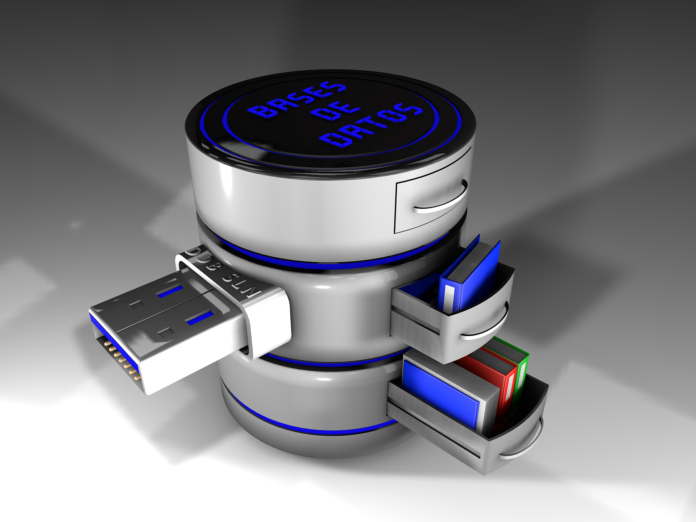When you are talking about the best database service, which one of those three would be your first choice? SQL Server, MySQL, or PostgreSQL?
Many people will choose SQL Server as their first choice because it is a full-featured relational database. It’s easy to use and there are many different types of applications that can interact with this platform. However, the new kid on the block – MySQL is also very dominant in this field.
The third competitor in this space is PostgreSQL. Many programmers consider PostgreSQL as the most advanced open-source RDBMS because it supports replication, inheritance, foreign keys, etc., but at the same time, this software has not yet reached feature parity to other commercial databases available in the market. In this article, we will compare all three of these databases and understand their capabilities.
SQL Server was designed specifically to work with Microsoft Windows operating systems. It is a client-server platform that provides the ability to use just an ordinary PC as a database server or have multiple servers working together – using established client/server architecture. The user interacts with SQL Server through a standard language called T-SQL (Transact Structured Query Language). This language can be compared with languages like C++ and Java; it’s powerful but not easy for beginners.
The first version of T-SQL released in 1992 had limited functionality and restricted development because developers could choose from only six scalar functions: AVG (), COUNT (), MAX (), MIN (), SUM () and STDEV (). Although SQL Server 7.0 was released in 1998, it still had severe limitations since T-SQL wasn’t object-oriented and didn’t have many other features.
With the release of the 2000 version came CTEs (Common Table Expressions), WITH statements, user-defined types, etc. Developers were finally satisfied with what they saw because Microsoft listened to customer feedback and started adding more advanced features gradually.
The latest version of this database is 2012 which brought many new things to the table like ColumnStore indexes, Data Quality Services, Temporal Tables, AlwaysOn Failover Cluster Instances, Sequence Objects, Dynamic Data Masking, etc., but its compatibility with previous versions makes it a good choice for small business who want to upgrade their software slowly. Many Microsoft services like Azure SQL Database and Azure DocumentDB are also based on it.
Everyone who uses this database knows that the strength of Microsoft is its integration with many different platforms, so you can easily use .NET classes when scripting stored procedures or user-defined functions in T-SQL. However, since you have access to C# from within SQL Server management studio, a lot of people believe they can use complex business logic in stored procedures and trigger-based actions to avoid moving large amounts of data into the application.
This approach sometimes works for small systems but it becomes a big problem in medium-sized businesses where IT professionals have to manage the whole stack together. The main reason behind this issue is the fact that each time developers add logic to the database, they increase the load on NTFS (New Technology File System) because this system was designed using procedural code.
Procedural code is considered to be an outdated concept; if you want to create a well-designed application that can work fast in many different scenarios then you should use SQL’s built-in declarative language called DDL (Data Definition Language).
There Are Several Reasons for Microsoft Adding So Many New Features to Its Database Platform:
It had to compete with other platforms like MySQL and PostgreSQL. It needed something more than just data management capabilities. It was clear that many companies were interested in high availability so it decided to provide them with this feature by default since most of their users don’t understand how failover clustering works and don’t want to pay for this feature if they can get it without additional charge.
The Architecture of SQL 2012 Is Divided into Several Major Components:
Client-Server Architecture –
Gives users the ability to access data from multiple computers at the same time
Client Tools –
Contains programs that allow developers to connect to server instances and manage their databases
Database Engine –
The primary focus of this app is to provide access to the relational engine
Query Processor –
Optimizes all requests coming from applications and sends them directly to storage engines
Programmable Data Access –
Developer’s area where you can create CLR objects extended stored procedures and triggers
Security –
Provides means of controlling user permissions and auditing
Database Mail –
Creates and manages alert notifications
Master Data Services –
Allows users to manage shared data across many different databases
Data Quality Services –
Integrates with Master Data Services and improves system’s data quality by detecting duplicate records, highlighting invalid entries, etc.
Conclusion:
As you can see, Microsoft designed a very complex platform over the years but this increased its performance and reliability. In order to make it easier for developers to add custom code without creating too much negative impact on the system’s performance, Microsoft provides several ways of extending SQL Server.











